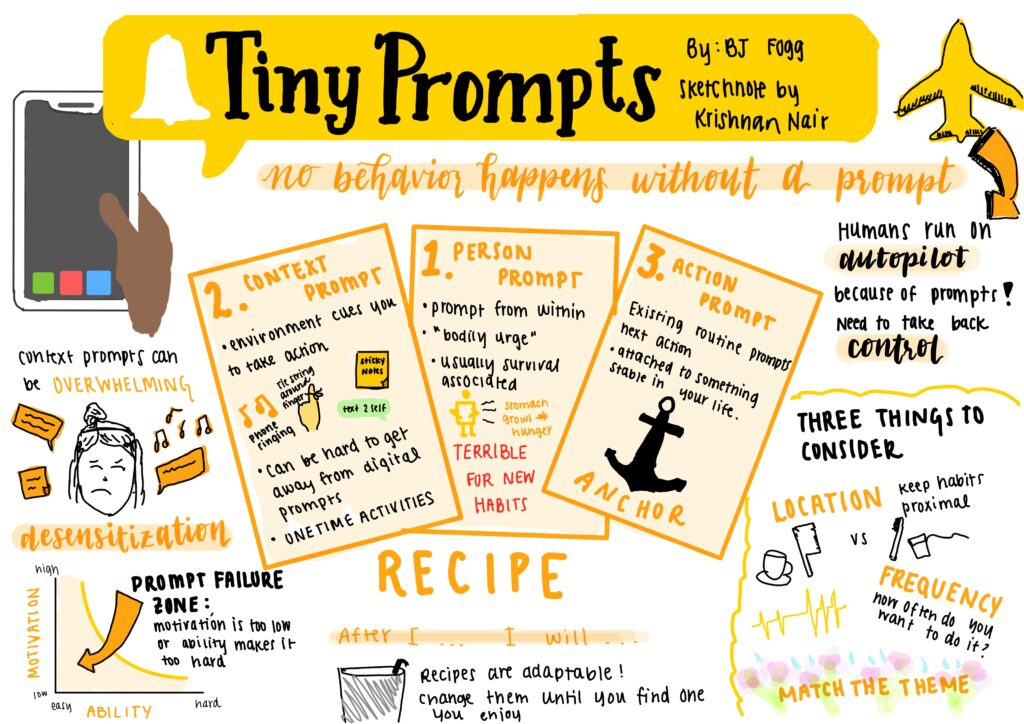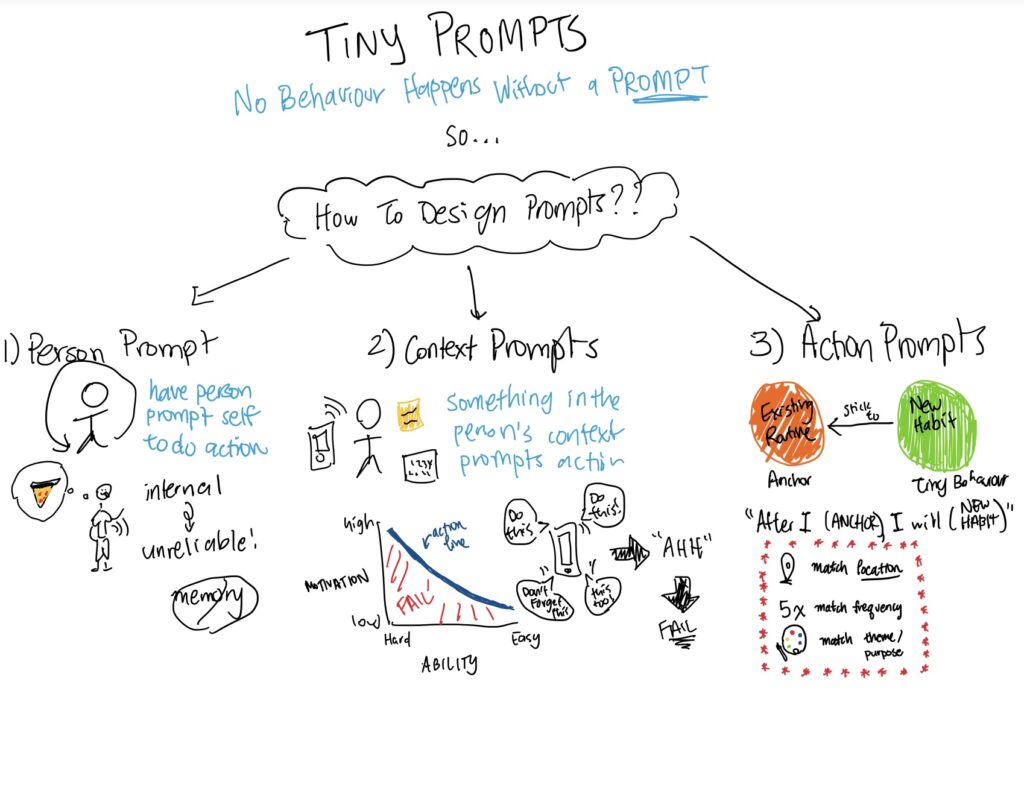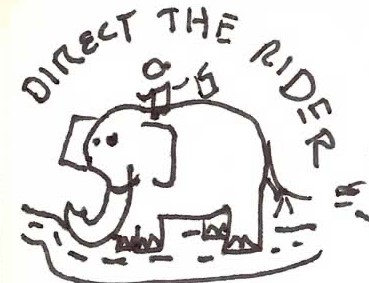Innovation doesn’t fail only because features are weak; it fails because switching is hard. Buyers anchor on what they already use, sellers overweight what they’ve just built, and organizations often respond by piling on more features—raising cognitive cost and delaying value. A practical path forward is to design not just a better product, but a better transition. The following three lenses—balancing change with adoption, countering loss aversion, and preventing feature creep—offer a formal, field-tested way to ship progress without creating resistance.
1) Balancing innovation with buyer resistance:
Product managers should pursue a design principle of “change the product a lot; change the user a little.” In practice, that means preserving familiar workflows, nomenclature, and muscle memory while upgrading underlying capabilities, so perceived switching costs remain low even as value rises. Rollouts should be sequenced—pilot with receptive segments, convert wins into references, then expand—while pricing and packaging the switch itself. This approach aligns with Gourville’s distinction between “smash hits” (large value, minimal behavior change) and “long hauls” (value that requires habit change): when behavior change is unavoidable, PMs must plan for slower adoption, heavier enablement, and success metrics that emphasize usage and outcomes over launch theatrics.
2) Loss aversion’s role, and how to counter it.
Buyers evaluate innovations relative to the status quo, over-weighting potential losses versus equivalent gains (endowment effect, status-quo bias). Gourville notes a structural gap: users typically require multiple times more perceived value to give up what they “own,” while innovators overvalue what they built—together creating a steep psychological hurdle. PMs can leverage this by:
(a) shrinking perceived losses: preserving shortcuts, importing data, maintaining legacy views during transition
(b) amplifying salient gains: expressing benefits in the buyer’s units (time saved, error reduction, revenue lift) and aiming for order-of-magnitude improvements when workflow change is required
(c) segmenting for the un-endowed: starting with new teams or use cases where the incumbent has less hold
(d) budgeting time: treating habit-changing products as deliberate “long hauls” rather than quick wins
3) Feature creep: risks and safeguards. Feature creep often reflects the same cognitive asymmetry in reverse: teams overweight the “gain” of one more capability while underweighting the user’s loss of clarity and flow. Its costs include diluted value propositions, higher cognitive load, slower time-to-value, and maintenance drag that crowds out genuinely differentiating work. PMs can avoid this trap while still addressing eager sellers’ demands by instituting
(a) JTBD-based admission criteria—every addition must relieve a defined customer “loss” or amplify a validated “gain” for a target segment
(b) adoption-weighted portfolio governance—prioritize by value delivered versus behavior change required, explicitly sunsetting low-adoption items
(c) time-boxed bets with clear exit rules (kill-switch culture)
(d) release discipline—one headliner per release with supporting enhancements, rather than bundles of medium features that raise cognitive cost.
These safeguards honor legitimate sales input while protecting coherence and adoption.



